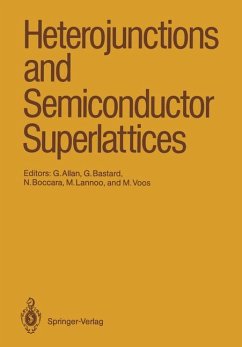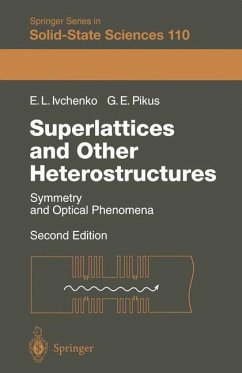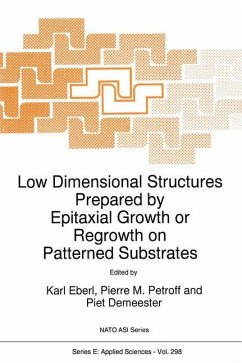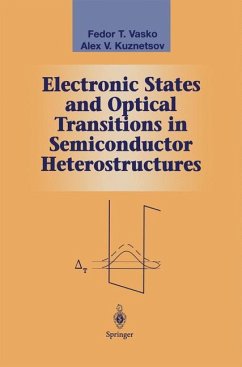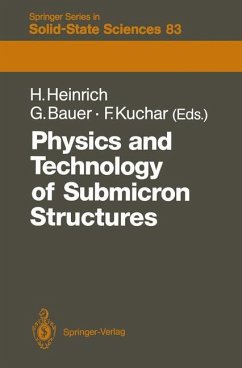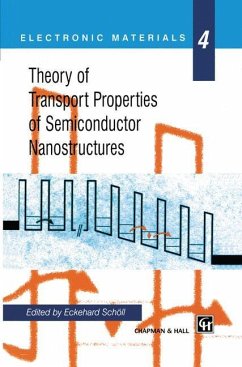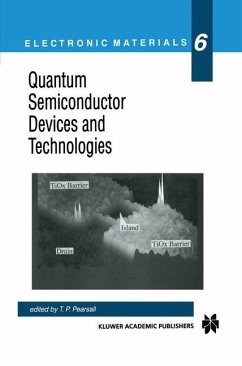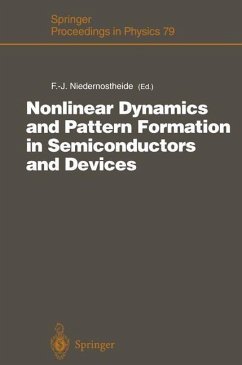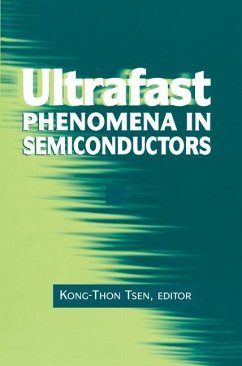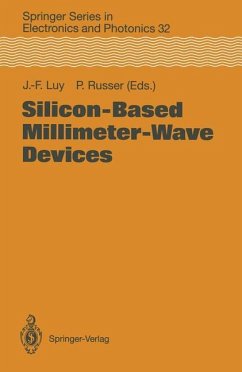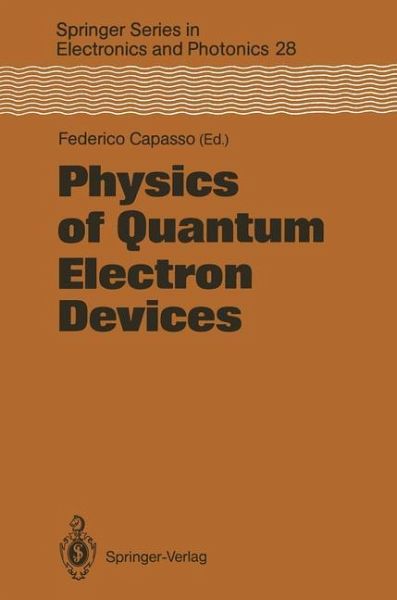
Physics of Quantum Electron Devices

PAYBACK Punkte
20 °P sammeln!
The ability to engineer the bandstructure and the wavefunction over length scales previously inaccessible to technology using artificially structured materials and nanolithography has led to a new class of electron semiconductor devices whose operation is controlled by quantum effects. These structures not only represent exciting tools for investigating new quantum phenomena in semiconductors, but also offer exciting opportunities for applications. This book gives the first comprehensive treatment of the physics of quantum electron devices. This interdisciplinary field, at the junction between...
The ability to engineer the bandstructure and the wavefunction over length scales previously inaccessible to technology using artificially structured materials and nanolithography has led to a new class of electron semiconductor devices whose operation is controlled by quantum effects. These structures not only represent exciting tools for investigating new quantum phenomena in semiconductors, but also offer exciting opportunities for applications. This book gives the first comprehensive treatment of the physics of quantum electron devices. This interdisciplinary field, at the junction between material science, physics and technology, has witnessed an explosive growth in recent years. This volume presents a detailed coverage of the physics of the underlying phenomena, and their device and circuit applications, together with fabrication and growth technology.





